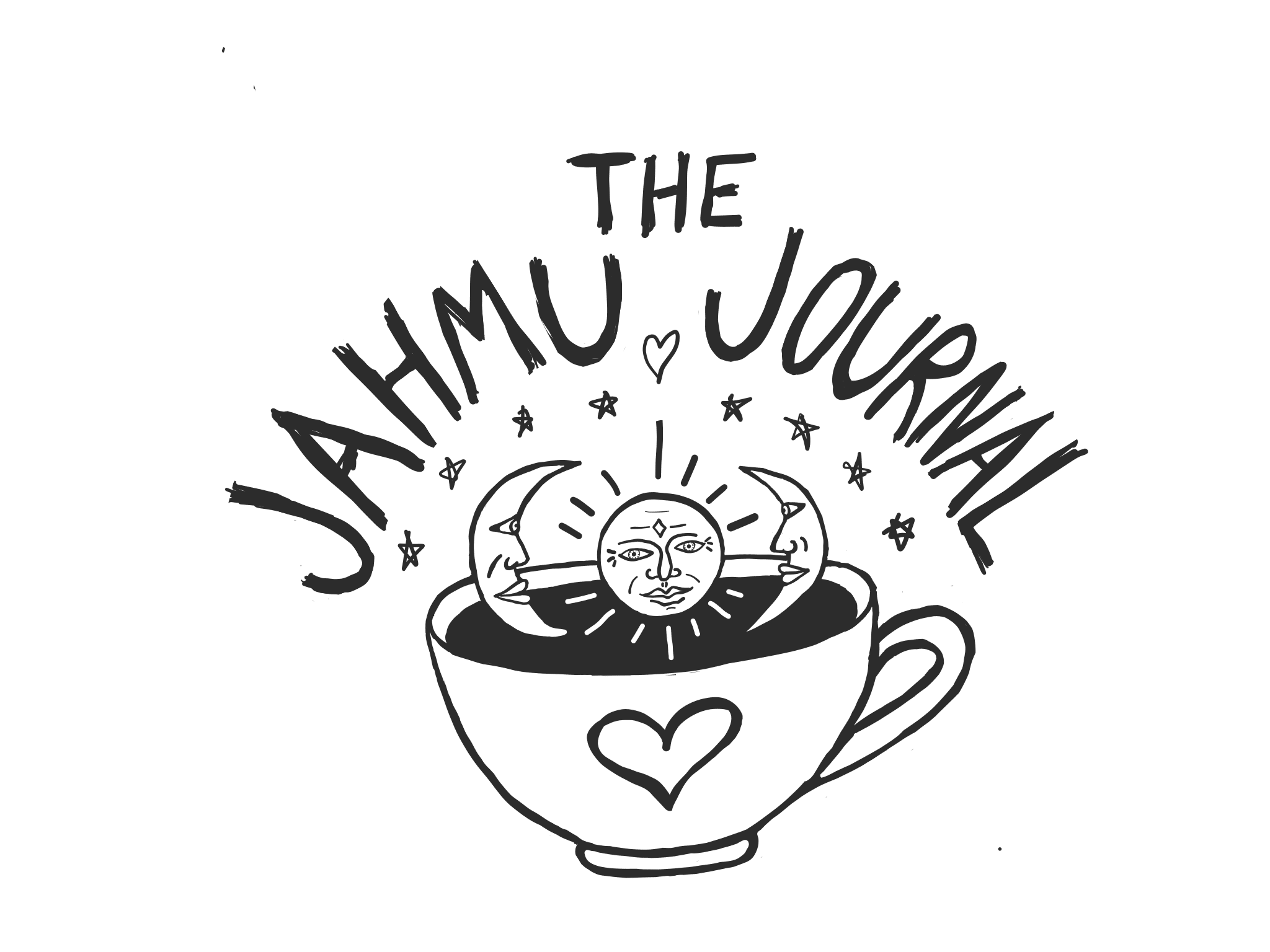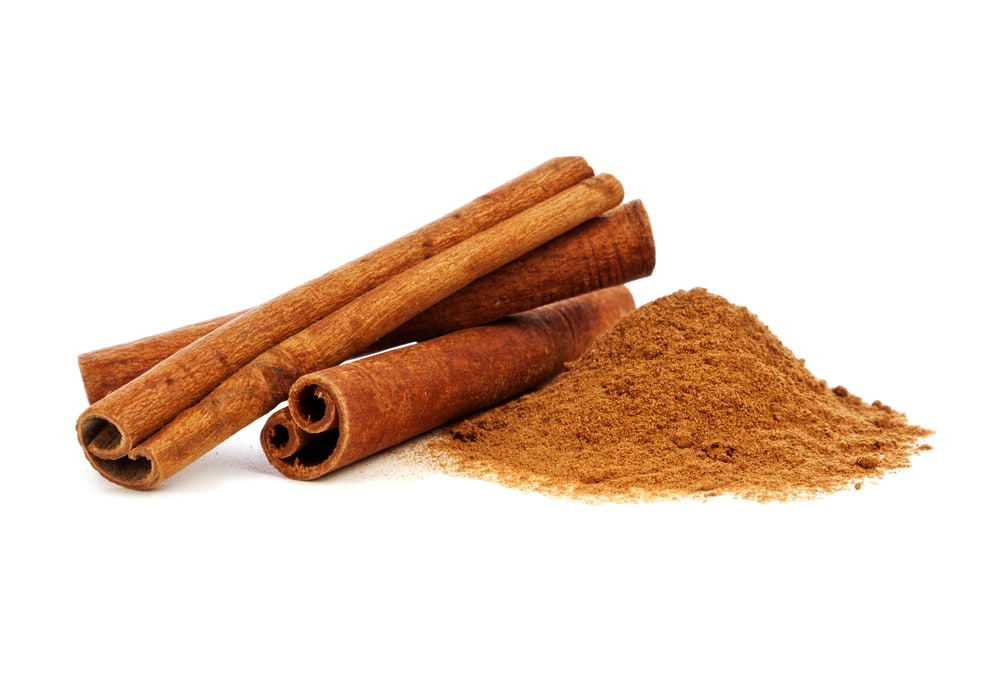The Jahmu Journal

I would like to share these fun journaling exercises with you. I have found journaling to be a really helpful way to maintain positive attitude and to create the changes I want in my life. I have tried many different journaling exercises. The Jahmu Journal is a compilation of guiding questions which I have found most effective. Feel free to change, skip or add questions so that it relates to you and your life.
This evening, or tomorrow morning, sit down with a cup of Jahmu and try writing down the answers, speaking them out loud, or contemplating them in your head. You can do these exercise alone or with a partner. Answering the questions in the Jahmu Journal should only take 10 minutes twice a day, but you can spend more time on it if you would like. Try it for 5 days and see how you feel!
Click below to download a printable version of The Jahmu Journal
Instructions:
- Print out 7 copies of the morning and evening writing rituals, one for each day of the week. Or, print it once as a reference sheet and do the writing in a separate Journal.
- In the morning sit down with a cup of Jahmu Chai (or any type of tea, coffee or water) and answer these questions while you sip your beverage. Before or after doing this writing exercise sit still, in silence, for 5 minutes observing your breath or meditating in any way you choose.
- In the evening sit down with a cup of Jahmu Chai (or any type of non caffeinated beverage or glass of water or even a glass of wine) and answer the evening questions and the “questions for going deeper.” If you prefer to do it in bed right before going to sleep, keep this journal on your bedside table. Before or after this writing exercise do some yoga or light stretching. If you have been on your feet a lot I highly recommend laying with your legs up for 3-5 minutes.
- Do this journaling practice every day for one week and notice if, by the end of the week you feel happier, healthier, more fulfilled, more successful or more present in your daily life. Feel free to change or modify the questions in any way you want. You can delete questions you feel are not helpful and add questions which would be more useful to you. If you have any feedback or suggestions please share them by emailing Jess@Jahmu.com
Morning writing ritual
What did I dream about? As you take your first sips of Jahmu, try to recall your dreams or the feeling you felt and/or thoughts you had when you first woke up. What might be the meaning or cause of these dreams, feelings and thoughts?
5 things I am grateful for: Take one sip of Jahmu for each thing you are grateful for and experience feeling gratitude physically in your heart and belly.
What are 3 things I would like to accomplish today? Envision yourself doing these things and imagine how you will feel when each one is complete. Take a sip of Jahmu and feel the energy of manifestation flowing through your body.
What is one way I will incorporate exercise, movement or a fun physical activity into my day? Picture yourself doing this activity as you take another sip of Jahmu.
What is one healthy food I will nourish my body with today? Take another sip of Jahmu and imagine tasting this food and feeling it nourish your body.
What is one kind deed or act of service I can do for someone else today? Picture the smile on that person’s face as you give them a compliment, a gift, or do them a favor and notice how that act of kindness makes you feel.
What is my positive affirmation for the day? I am… Use what first comes to mind or what you wrote down last night. Repeat your affirmation with every sip of Jahmu until your cup is empty or you have had enough. Remind yourself of this affirmation throughout the day. Maybe say it out loud to yourself in the car, or write it down on a sticky note.
Evening Writing Ritual
What was one awesome thing that happened today?
What is one thing I learned today?
What are 3 things I accomplished today? They can be small but still congratulate yourself!
What could have made today even better?
What was one really nice thing I did for myself today?
What was one really nice thing I did for someone else today?
Send a kind thought or prayer to someone else. Take a moment to pause and imagine sending this person (place or group of people) love, light and healing energy. Write a prayer for them here.
What are 3 things I am grateful for? Take a moment to really feel gratitude in your body.
Questions for going deeper:
These questions can be contemplated on a daily or weekly basis in the morning or evening.
What is my mission or life’s purpose? It can be simple, broad or complex. It can change day to day or remain the same. What comes to mind in this moment? If money weren’t an issue what would I do for a living? What is one service to humanity that I would love to offer? What skills come naturally to me? When I was a kid what did I want to be when I grew up? As an adult, what do I want to be when I grow up?
What do I desire? What do I need? What do I want to attract? What do I want to manifest? What do I wish for? Imagine fulfilling this need or desire. Dream big!
What do I fear? What is holding me back from doing what I love and achieving what I desire? What are some limiting beliefs about myself?
Create a positive affirmation: Program your subconscious by creating an affirmation to reflect how you would like to see yourself. What is my new identity? What does it feel like in your body when you say “I am…”? Make sure the affirmation resonates with your truth. Write it down 5 times or repeat it in your head 5 times.


